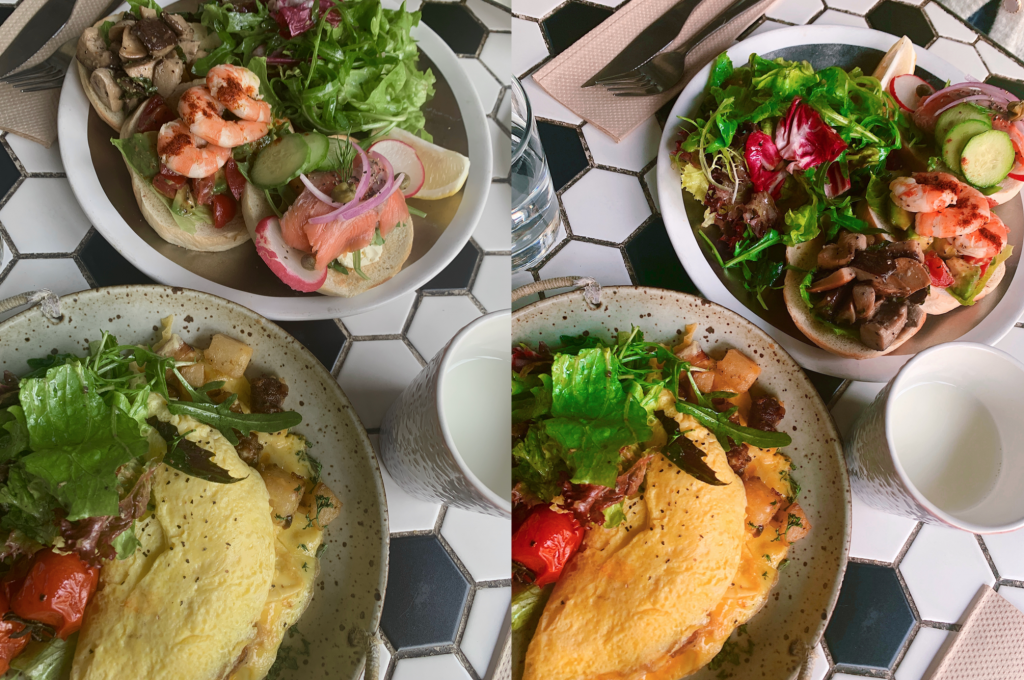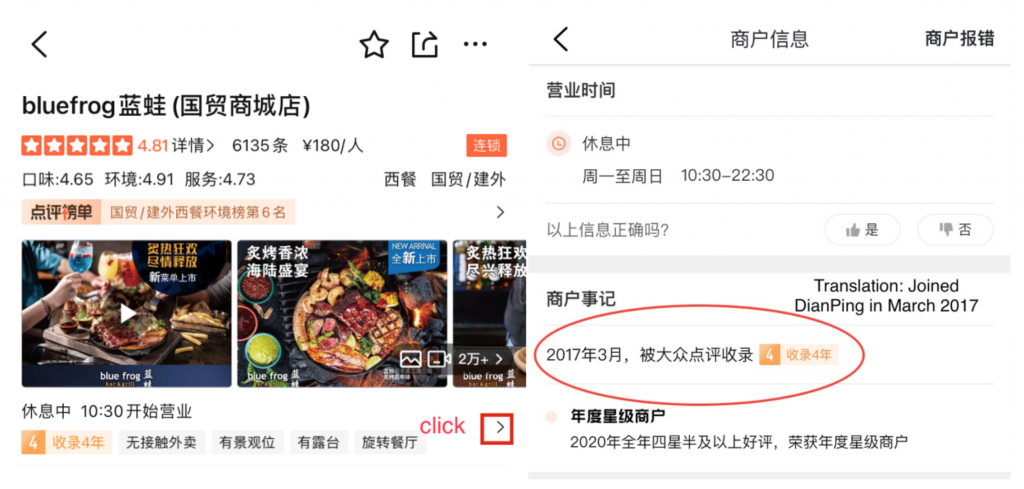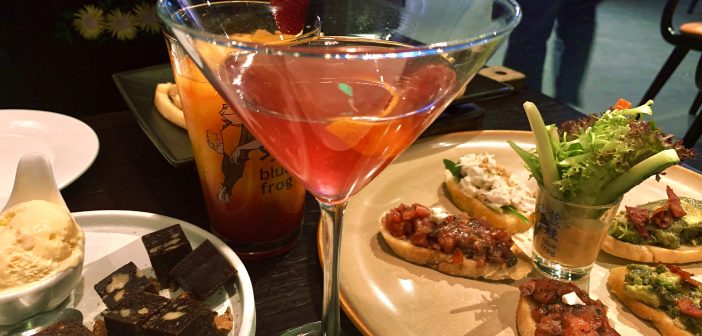My guilty pleasure is an odd one: scrolling through the leading Chinese food review app 大众点评 DaZhongDianPing – otherwise known as Dianping for short – and finding dining venues, only to end up admiring their luxury interior designs and gasping at all the seemingly appetizing food while screaming, “I need to go there now!”
One time, I was drawn to a Korean BBQ restaurant through the app’s recommendation. The dazzling neon lights and marinated meat looked tender and juicy, accompanied by scarlet red seasoning, all of which was perfectly suited to my love for spice and beautiful spaces. So naturally, my friend and I just had to go. Unfortunately when we arrived, the actual restaurant radiated bleak emptiness and poor infrastructure. What’s more, the pork belly, drenched in oil with black spots on the edges indicative of overcooking, was not in my best interest either and definitely didn’t align with the neatly cut, cheery-white pork belly I had seen in the pictures.
Alas, I had been catfished.
Catfish – a common internet term that describes the action of using fake online identities to deceive others – is precisely the word I would use to describe what the restaurant did.
Nowadays, intense market competition has led many restaurants to adopt fake reviews, filtered pictures, forced ratings, and bots commenting on food review apps to boost numbers.
As a self-proclaimed food expert around Beijing, I have a few tips to help you avoid getting catfished by snazzy internet photos and reviews while saving your wallet from undeserving food.
Tip #1 – Look for unfiltered pictures
If any restaurant was to promote their food through digital media, relentlessly applying filters to beautify their pictures is the go-to method of attracting customers. But don’t be deceived by these official photos posted by the restaurant itself. Be sure to also check out pictures posted by customers, and more specifically, the unfiltered ones. Do the food and overall atmosphere of the restaurant still seem enjoyable without the adornment of filters?

Original image vs. Filtered image
Tip #2 – Origin of the reviews
There’s always a possibility that food app reviews are flat-out paid for by the restaurant. If the positive reviews are predominately generic remarks that lack personal engagement or are written by users without profile pictures and random letter sequences for a username, then warning lights should be flashing. Checking multiple reviews will also help you get a more balanced, not to mention realistic expectation of the restaurant in question.
Tip #3 – Restaurant history and reputation
Have people around you ever talked about this venue? Is the restaurant well known amongst the general public? Of course, it’s entirely possible that a restaurant hasn’t gained a lot of recognition because it’s new. On Dianping, you can check the date when the restaurant was listed by clicking the arrow shown in the picture below. If the restaurant has been around for a while but no one knows about it, maybe there’s a reason.

Tip #4 – Timing, timing, timing!
It is important to examine the timing of the reviews when determining whether or not they are genuine. If there is a huge influx or spike of comments during a very short period of time, it could indicate a promotion agenda implemented by the restaurant, resulting in a deluge of fake comments all at once.

Unfiltered image vs. Filtered image
I took both of these photos myself, but the one on the left looks far less appetizing, while that on the right may prompt more comments like “Wow, where is this place?” If I am able to achieve this effect with just a few clicks of a free-to-use photo editing app and a slightly better camera angle, you can be sure that corporate restaurants out to make a buck will go to much greater lengths to lure you in. So, be savvy when relying on reviews!
Happy dining, readers!
KEEP READING: Bite-Size Beijing: Eating Your Way Through the City’s Street Foods
Images: Linda Huang




